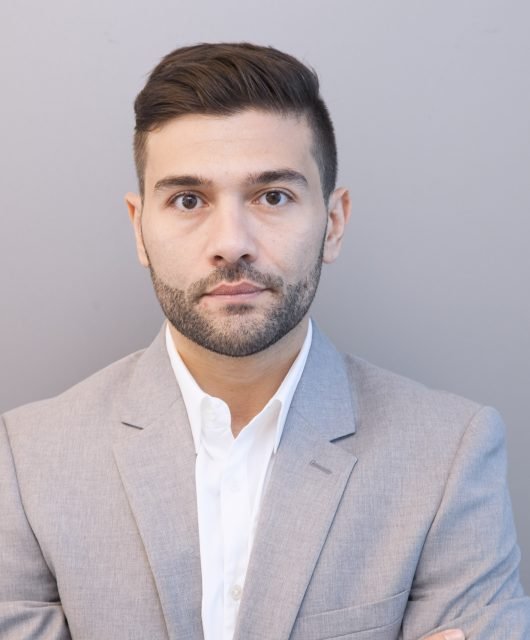Articulating A Strong Brand Transformation: Q&A With Landor’s Ramel Kabbani
When brands are aging and sales start to plunge, they find themselves with no choice but to transform and opt for a revitalization process. In this fast-paced dynamic brand scene, either transform or die. The Berries interviewed Ramel Kabbani, Executive Director of Landor Dubai, to get his insight on how can brands undergo a proper brand transformation.
BB: Brand transformation is a tough and bold strategic decision. What are the reasons that drive strategists to take a good and hard look at their brands ?
 RK: Strategists should constantly have hard look at their brands and deploy the right tools to make sure they (their brands) are always relevant and differentiated. Brands are living things, they grow, they age and sometime they become obsolete. Therefore capable strategists understand those realities and know when a brand transformation exercise or effort becomes crucial.
RK: Strategists should constantly have hard look at their brands and deploy the right tools to make sure they (their brands) are always relevant and differentiated. Brands are living things, they grow, they age and sometime they become obsolete. Therefore capable strategists understand those realities and know when a brand transformation exercise or effort becomes crucial.
BB: With the millennials leading the consumer markets, are they more inclined to the status quo or do they embrace change?
RK: Millennials are a very paradoxical crowd. In 2016 we at Landor conducted a study about them and we found out that millennials want brands that stand for something while constantly evolving. So for instance, they expect brands to anticipate and embrace change whilst staying true to their heritage and provenance. They want brands that feel personalized while being inclusive and fostering a sense of community. And they value brands that are principled yet are open to new ideas and co-creation.
BB: When mentioning brand transformation, rebranding is the buzzword. What does a rebrand do to a brand with plunging sales or slow growth pace? When is rebranding able to resurrect brands ?
RK: There are many factors for a plunging sales or growth pace. Rebranding could be the solution when the problem is brand-related. A successful rebrand effort helps articulate a strong story, establish a coherent experience that creates affinity with audiences, spark meaningful conversations and change behaviors. Both internally and externally.
BB: Is a change in the visual brand identity effective without a revived brand experience?
RK: The visual identity is just a small part of brand experience so the answer is NO.
BB: One of the main challenges that face a brand in the phase of its brand transformation, is how to kickoff its face-lift. Can you mention some tips and tricks for effectively unveiling a rebrand ?
RK: I think the most important tip is to unveil the new brand first to your people, because your employees are its ambassadors. They need to understand it in order to embrace it then live it everyday. Brands should be so creative and as relevant as possible to stakeholders in the way and mechanism they use to unveil the new brand.
BB: How does a brand with a strong well known identity take the decision of rebranding without affecting its equity? Should it steer away from a revolutionary identity uplift?
RK: It is difficult to generalize as each case needs a tailored solution. What we should not do is to adopt a one-size-fits-all approach.
BB: Gap and MasterCard are two examples of brands that have pursued a rebrand in the mature stage of a brand’s lifecycle, yet, consumers responded differently. Gap rebrand has been faced with a harsh outrage and they asked for the old brand that they have loved, however, MasterCard scored it right. What did GAP do wrong and Mastercard did right?
RK: I am not sure why GAP or MasterCard had to rebrand. Obviously the reason why and to what extend was not inline with the true brand problem or issue the rebrand exercise was trying to resolve. Perhaps that however, was done right in the case of MasterCard.
BB: A rebrand does not only affect the visual identity of a brand but also its culture, the core of the brand. How can brands tackle the internal culture challenges that will erupt with the transformation ?
RK: That is a great question because the success of a rebrand exercise is directly connected to its culture. If the rebrand effort or program does not tackle and address behavioral change internally, then it is not going to transform anything and will lead into a rift between the existing culture and the new brand.





